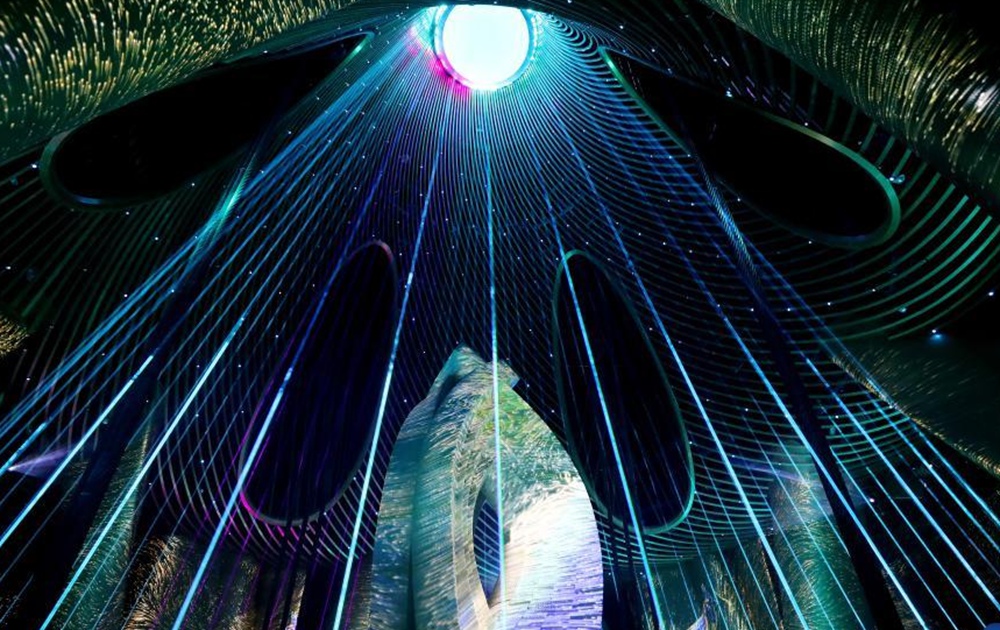BEIJING, Jan. 6 (Xinhua) -- Using the Five-hundred-meter Aperture Spherical Radio Telescope (FAST), also dubbed as the "China Sky Eye," scientists have obtained accurate magnetic field strength in molecular cloud, a region of the interstellar medium that seems ready to form stars.
Employing the technique of HI Narrow Self Absorption (HINSA), they achieved a clear detection of the Zeeman effect -- the splitting of a spectral line into several components of frequency in the presence of a magnetic field. It is the only direct probe of interstellar magnetic field strength.
The result suggested that such clouds achieve supercritical state, a critical point when they collapse into stars, which happened earlier than previously thought based on the standard model.
"FAST's design of focusing radio waves on a cable-driven cabin results in clean optics, which has been vital to the success of the HINSA Zeeman experiment," said Li Di, with the National Astronomical Observatories of Chinese Academy of Sciences (NAOC), who is the chief scientist of the telescope and the corresponding author of the paper.
The study was published in Nature on Thursday.

Aerial panoramic photo taken on Dec. 19, 2021 shows China's Five-hundred-meter Aperture Spherical Radio Telescope (FAST) under maintenance in southwest China's Guizhou Province. (Xinhua/Ou Dongqu)
The discovery is crucial to understanding the astrophysics of star formation and it illustrates the importance of FAST in addressing important unsolved astrophysical problems, said Richard Crutcher, an Emeritus Professor of Astronomy at the University of Illinois.
The scientists revealed a coherent magnetic field structure throughout the cold neutral medium, the molecular envelope, and the dense core, with similar orientation and magnitude.
The coherence of the magnetic field signifies that dissipation of the field occurs during the formation of molecular envelop through a previously unknown mechanism.
Scientists identified over 500 new pulsars from October 2017 to December 2021, and detected a total of 1,652 independent bursts from a single repeating fast radio burst (FRB) source by using FAST, the largest set of FRB events ever detected in history.
Located in a naturally deep and round karst depression in southwest China's Guizhou Province, FAST started formal operation in January 2020 and officially opened to the world on March 31, 2021. It is believed to be the world's most sensitive radio telescope. ■











